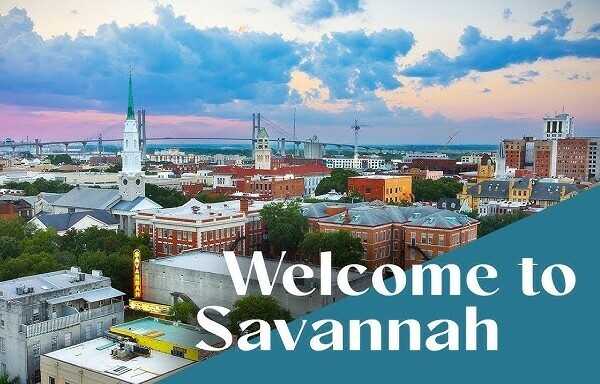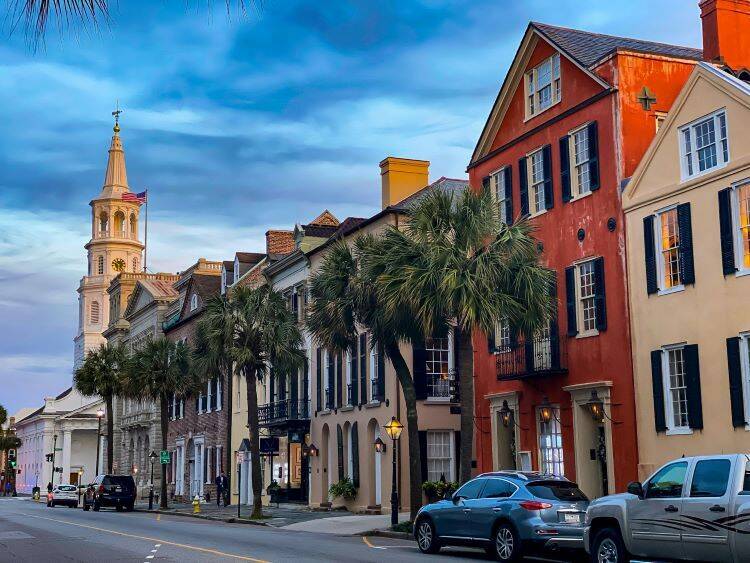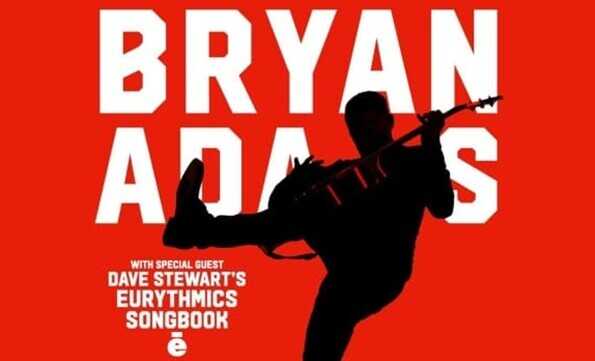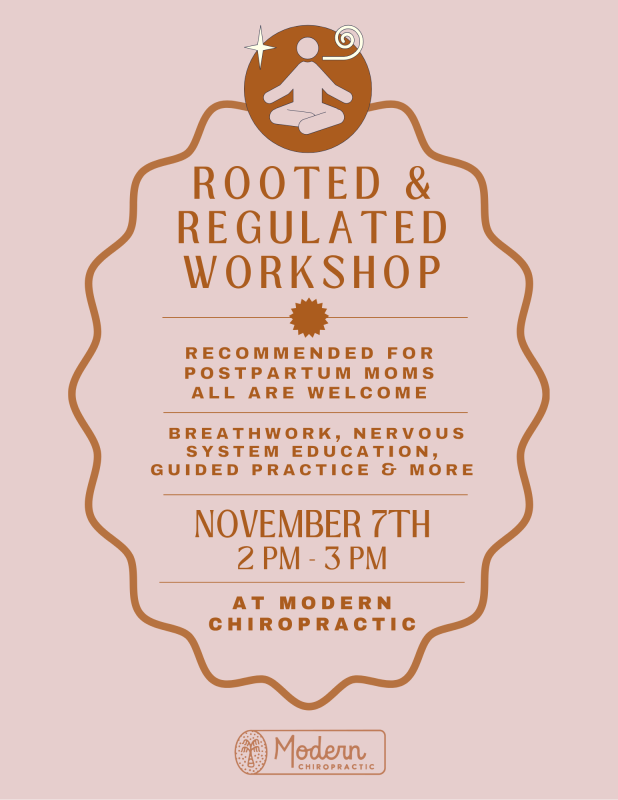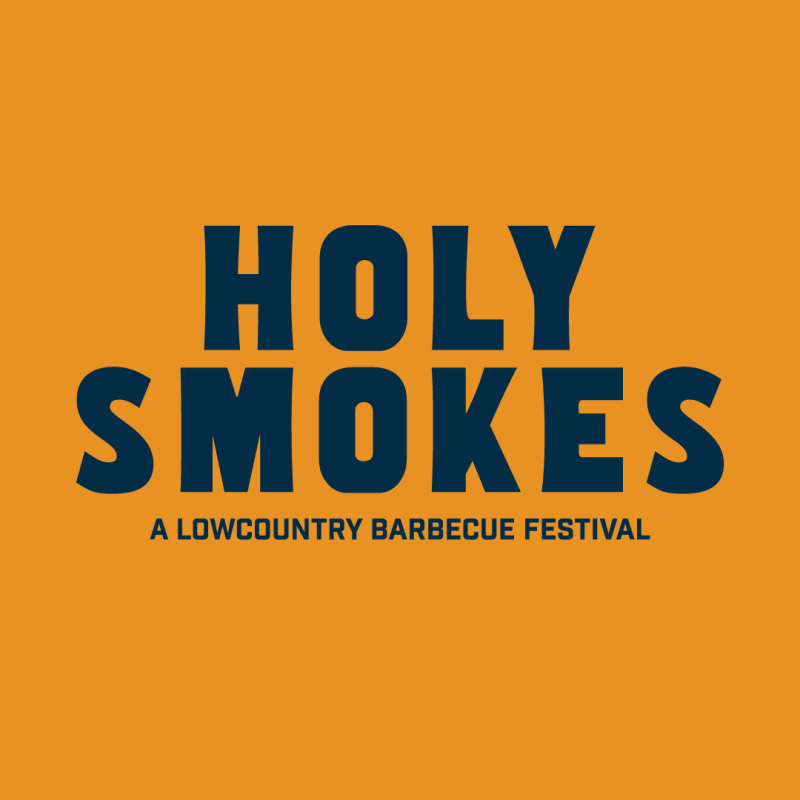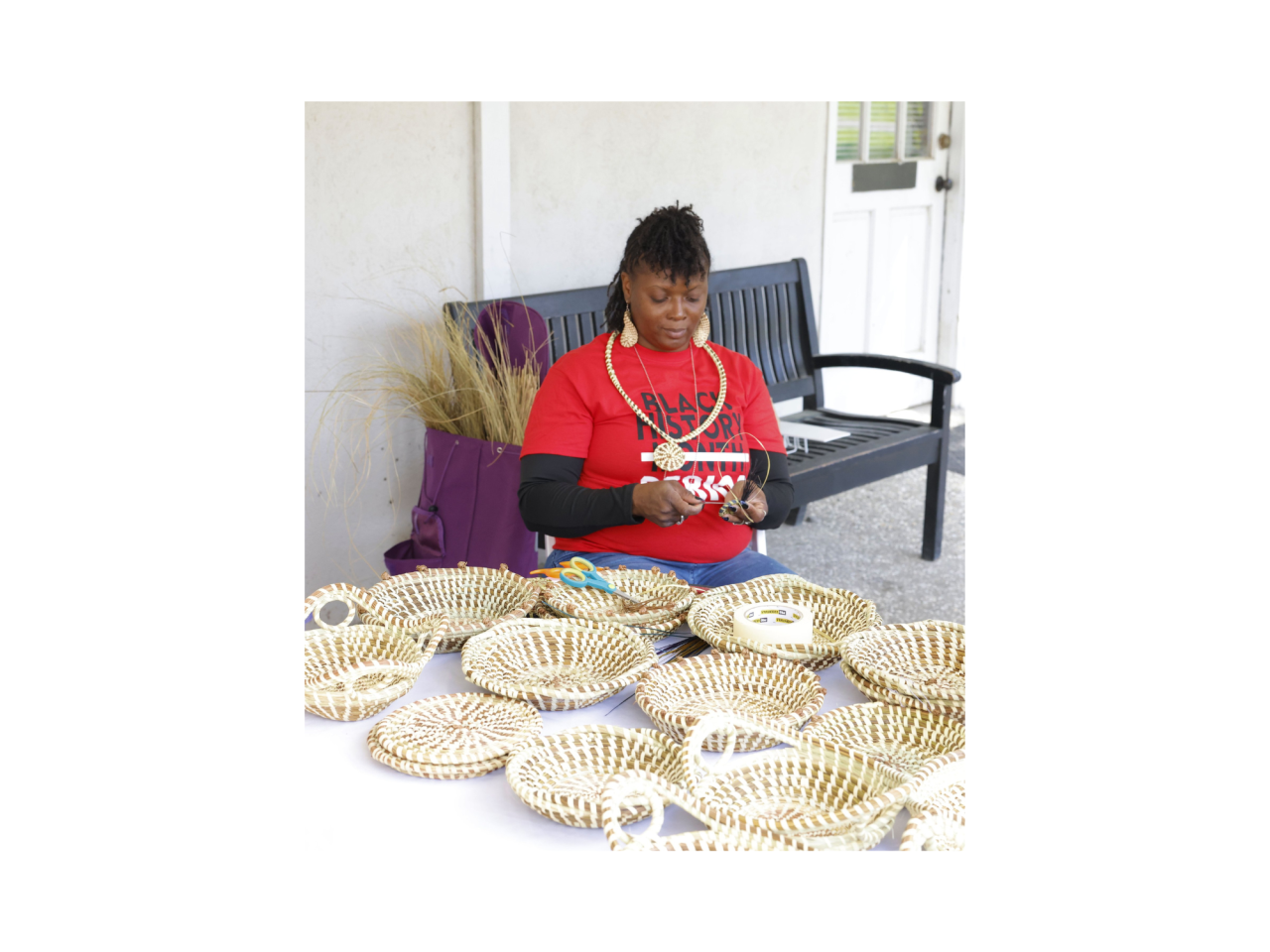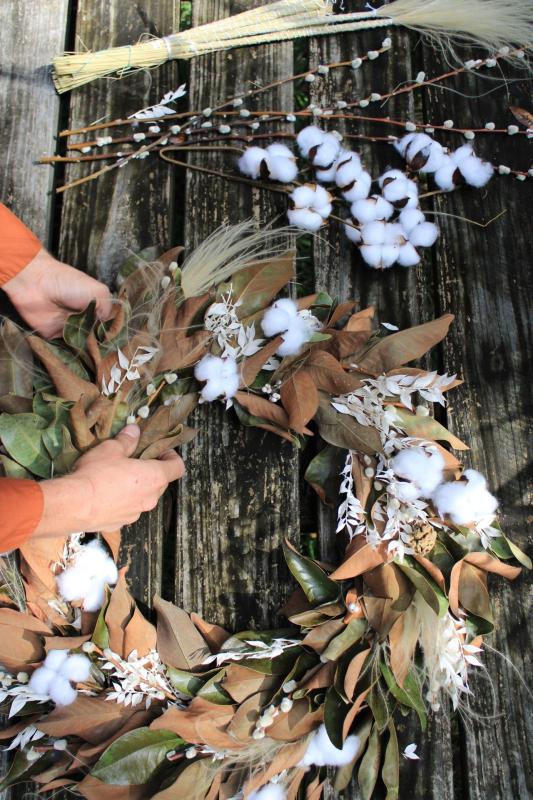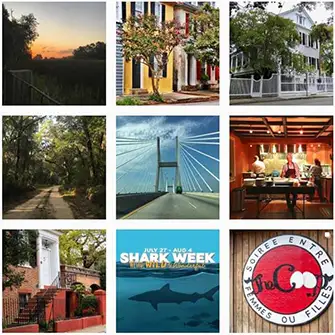If you are trying to decide when to put your home selling plans into motion, you've likely started to consider spring. However, it can be hard to determine without enough information. To this end, we have prepared a guide on the pros and cons of selling your Charleston home in spring.
Despite Five Charleston Players in Double Figures, SEC Team Dominate Several Crucial Stat Categories
Seasonal allergies, characterized by sneezing, congestion, itchy eyes, and other discomforts, can significantly impact one's quality of life...
Host City of the South Ripe With History, Charm, Dining, Shopping, Golfing, & Enmarket Arena
Noted Fox News Personality Unearths a Lot of Crazy Ideology in His Latest Book
Iconic 1960's & 70's Rockers Have Found New Life in 21st Century, Play Charleston Music Hall April 2nd
Welcome to Charleston, South Carolina, where history and modernity blend seamlessly. This urbanite's guide to Charleston will be your compass in exploring the rich landscape of life in this storied city.
In the pursuit of everlasting youth and vitality, science continues to uncover remarkable discoveries. One such revelation lies in the remarkable potential of...
Singer Songwriter Along With Dave Stewart Revisit Timeless Hits From 1980's & 90's
Former Taxi Driver Putting His Comedic Skills to Work On Popular Cable Channel & In Cancel Culture Dictionary
Veteran Classic Rockers Along With Black Stone Cherry Blow the Roof Off Enmarket Arena




